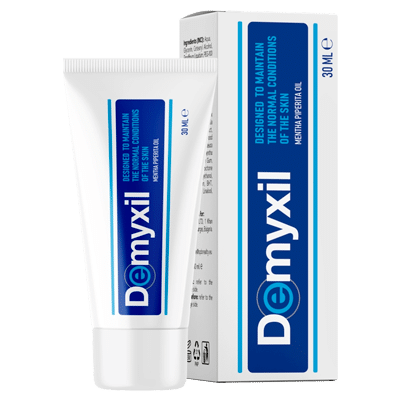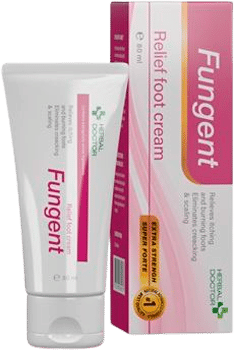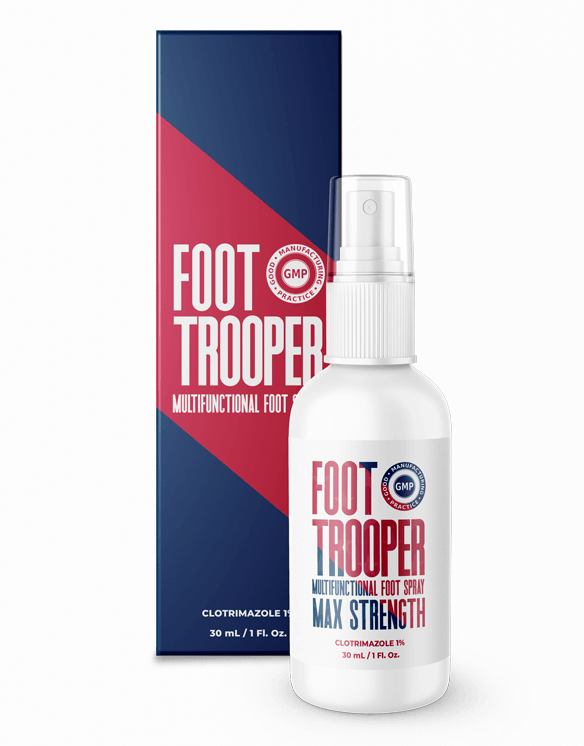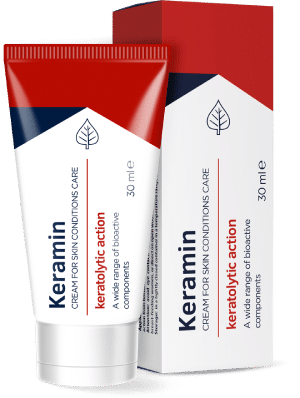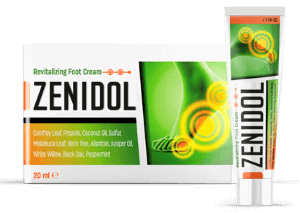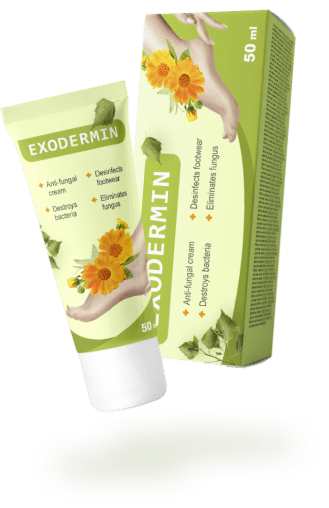How to get rid of fungus problems?
Demyxil
Author's Rating: 4.5
Customer Rating:
4.2
Fungent
Author's Rating: 4.7
Customer Rating:
4.5
Keramin
Author's Rating: 4.5
Customer Rating:
4.5
Zenidol
Author's Rating: 4.6
Customer Rating:
4.4
Exodermin
Author's Rating: 4.7
Customer Rating:
4.5
Fungal human diseases, or mycoses, are infectious diseases of the skin, nails, hair, mucous membranes caused by pathogenic fungi.
Mycosis affects 30% of the population. fungal spores penetrate through microcracks and damage in the skin and mucous membranes.
The high prevalence of fungal infection is associated with a low level of public awareness, self-medication, and rare visits to the doctor.
Most often, the nails, interdigital space are affected. The appearance of the nails changes, they acquire a gray-yellow color, thicken. In the interdigital spaces, the skin flakes and itches, an unpleasant odor appears.
Classification of fungal infections
Depending on the affected area, there are types of fungal diseases:
- keratomycosis (lesion of the epidermis);
- candidiasis or thrush (damage to the mucous membranes);
- dermatomycosis (hair, skin, top layer of nail plates suffer);
- systemic mycoses (skin and internal organs).
Methods of fungus treatment
Before proceeding with the choice of a method for treating a fungal infection, it is necessary to establish the pathogen and undergo a diagnosis.
There are the following methods of treatment:
- Removal of the affected part (nail plates in particular).
- Selection of topical antifungal agents (sprays, varnishes, ointments, gels, solutions).
- General antimycotics (capsules, tablets).
- Prescribing systemic antimycotics (without removing the nail plates).
- Topical therapy (if there are contraindications to the use of systemic antimycotics).
You should also pay attention to diet and vitamin support of the body.
When choosing a treatment method, consider:
- type and form of fungal infection;
- degree of distribution;
- the statute of limitations for infection;
- nail growth rate;
- presence of concomitant diseases;
- state of the immune system;
- allergy to certain medicinal components;
- presence of contraindications, etc.
If the disease is started and not treated, then this will lead to a total infection of the body and the manifestation of an allergic reaction to the spores of the causative agent of a fungal infection.
It is recommended to start treatment in the early stages until all unpleasant symptoms disappear.
Modern pharmacology offers many options for fungal drugs in various dosage forms. The choice of remedy depends on the type of fungus, the degree of the disease and the individual reactions of the body.
